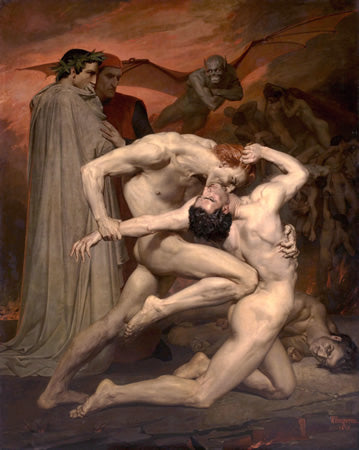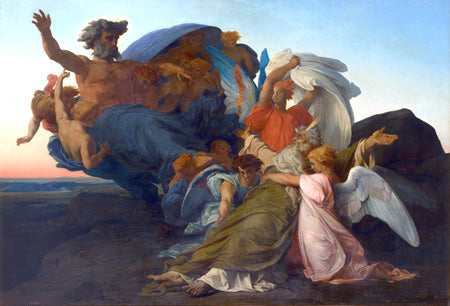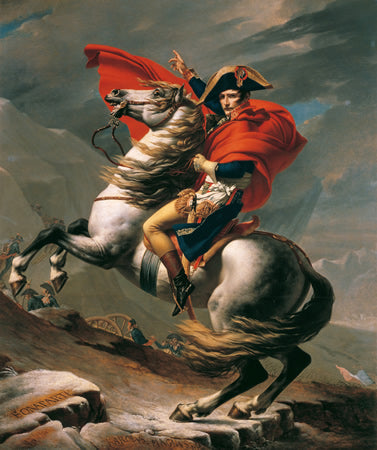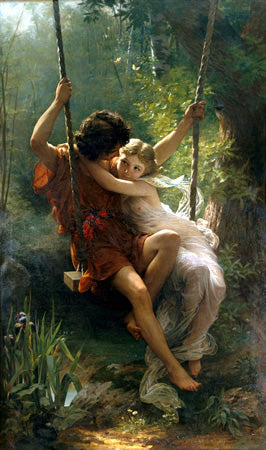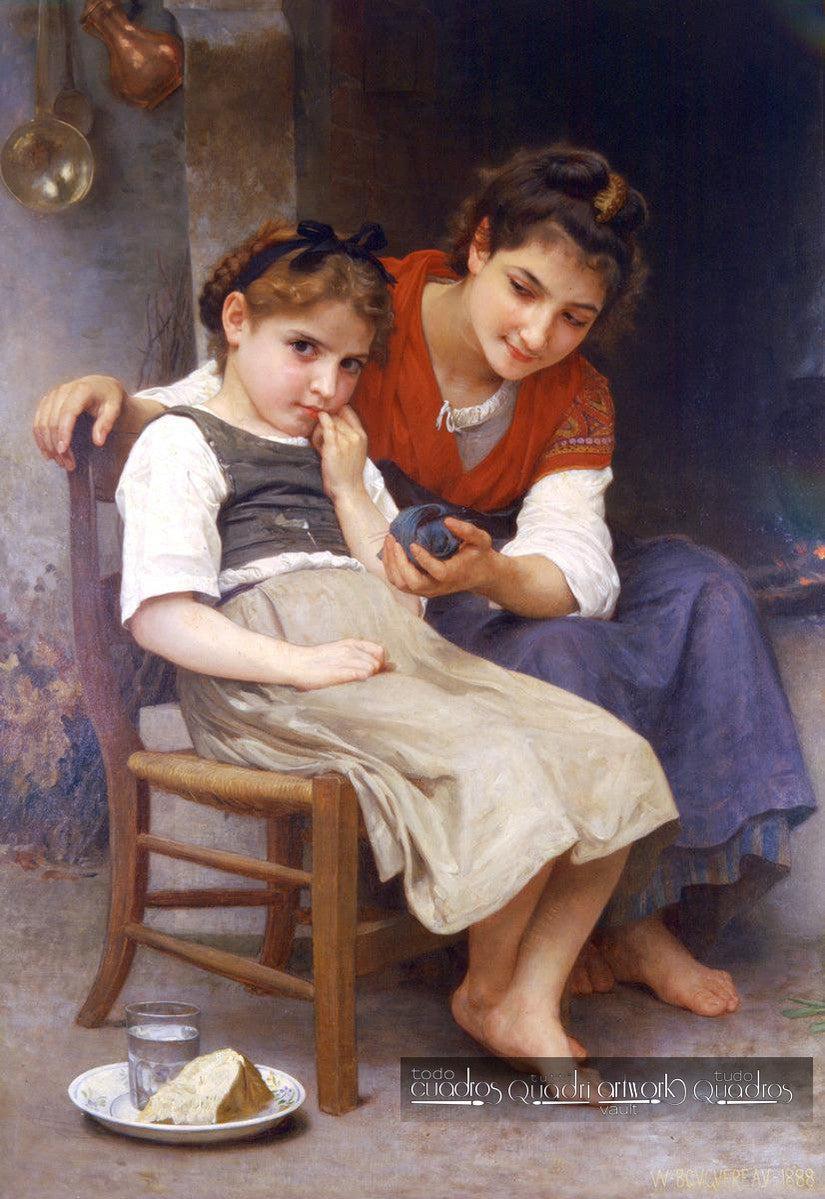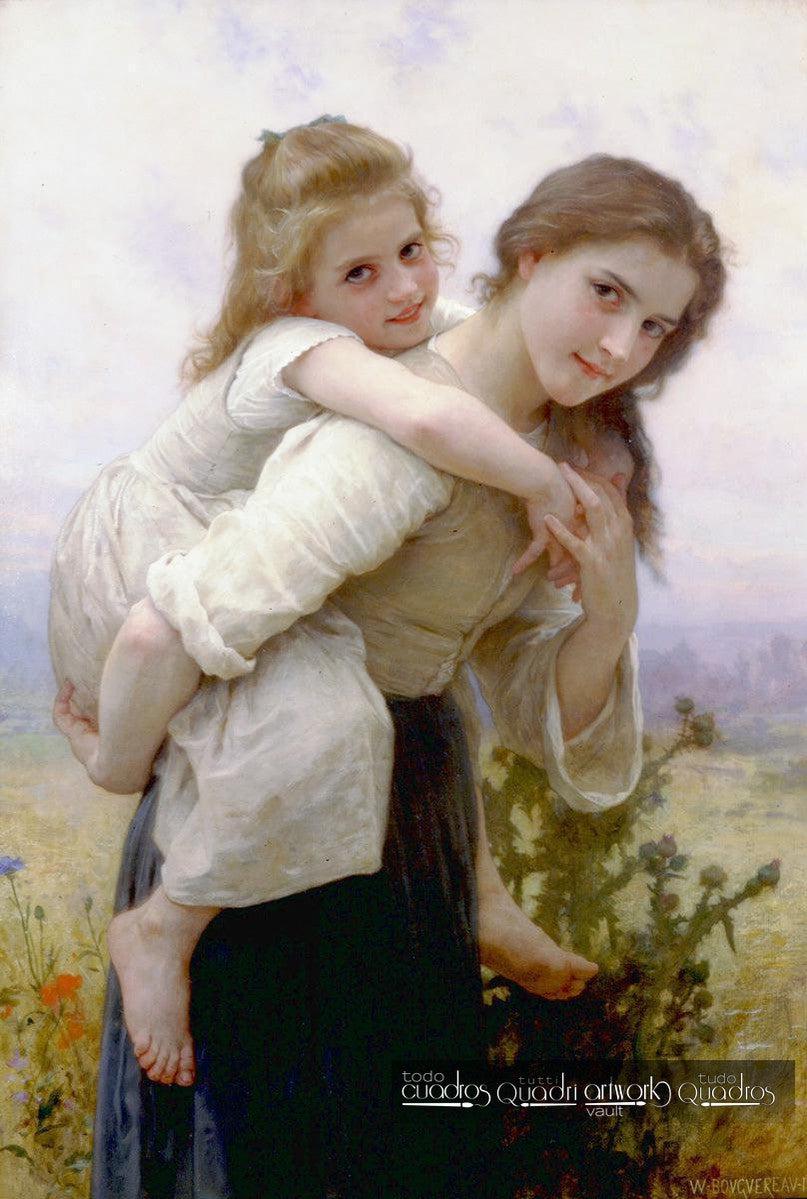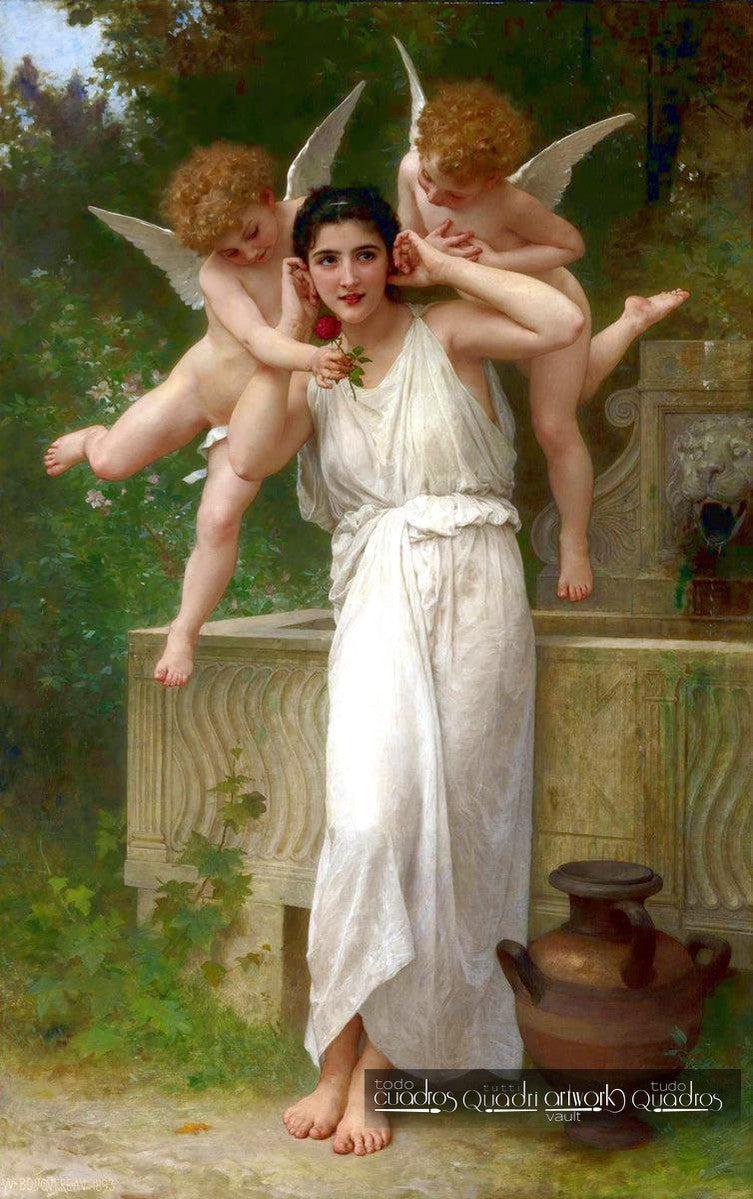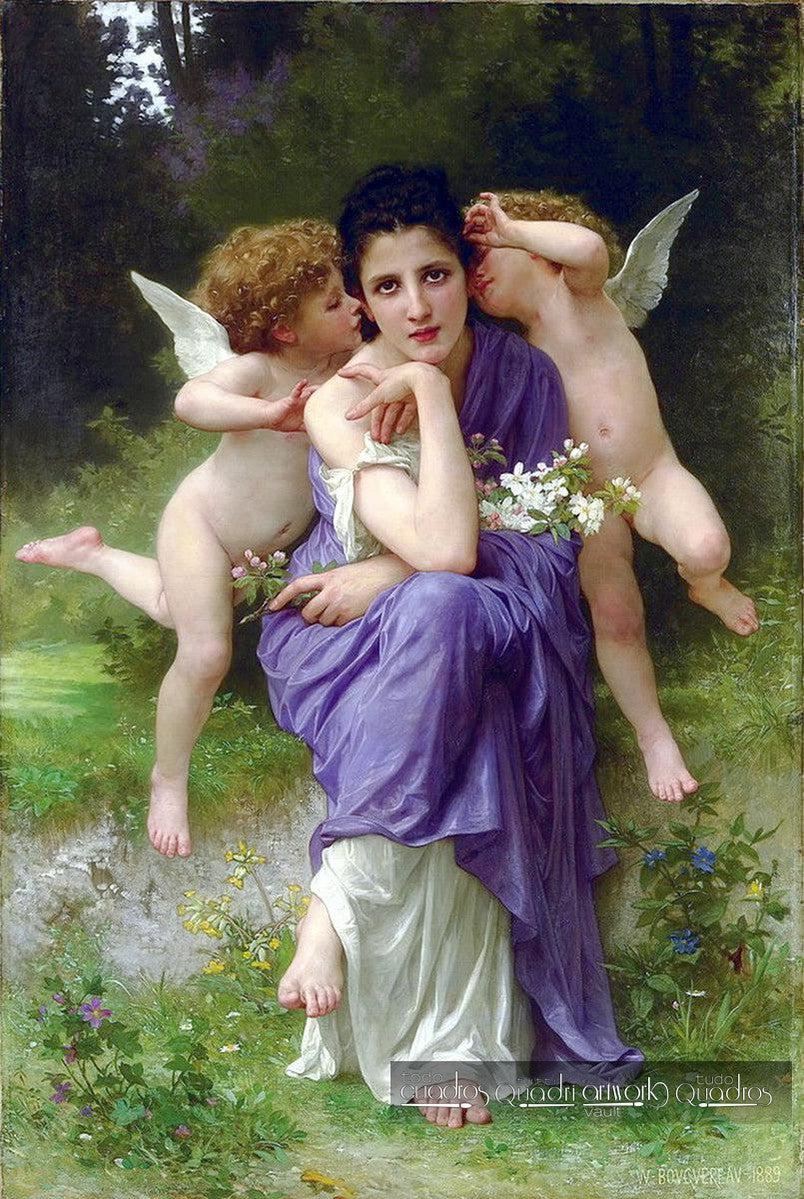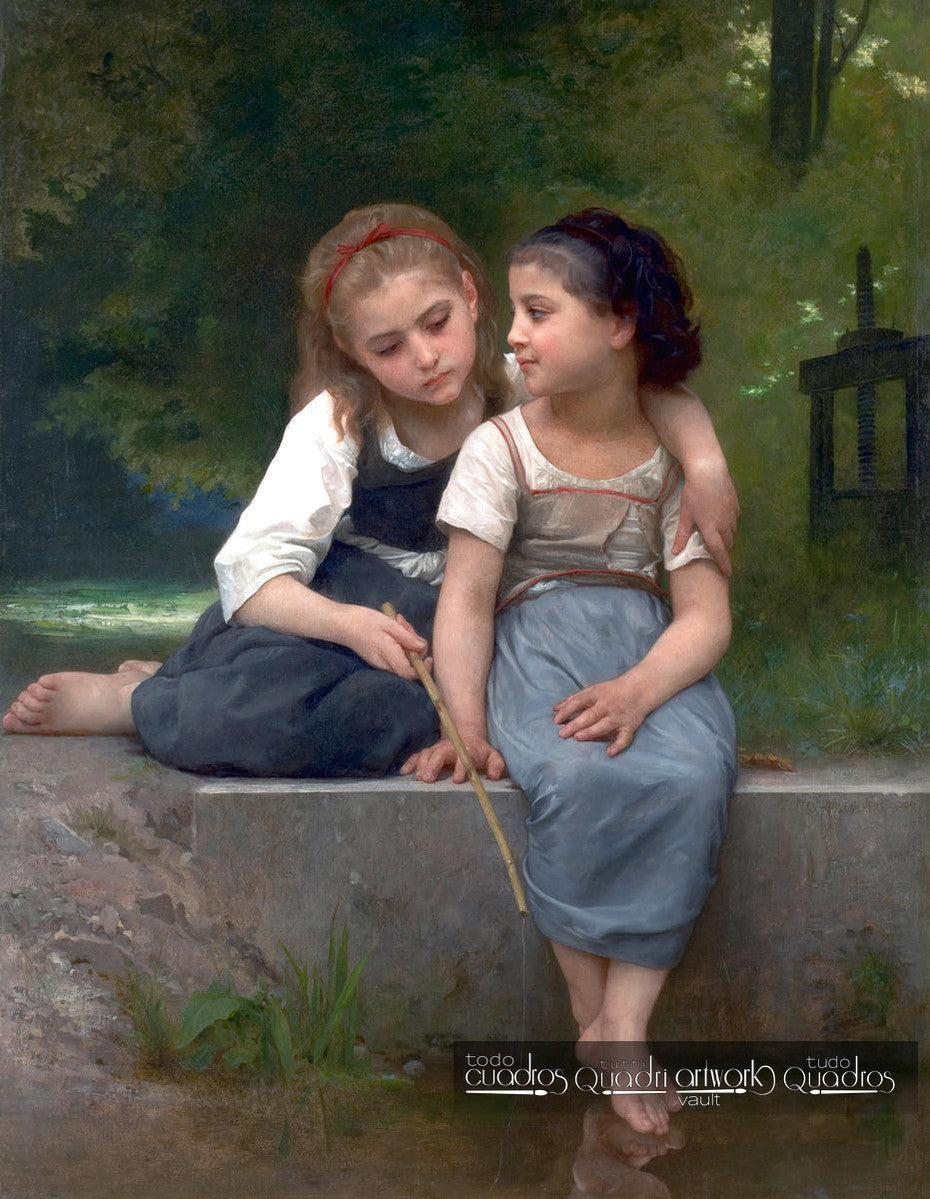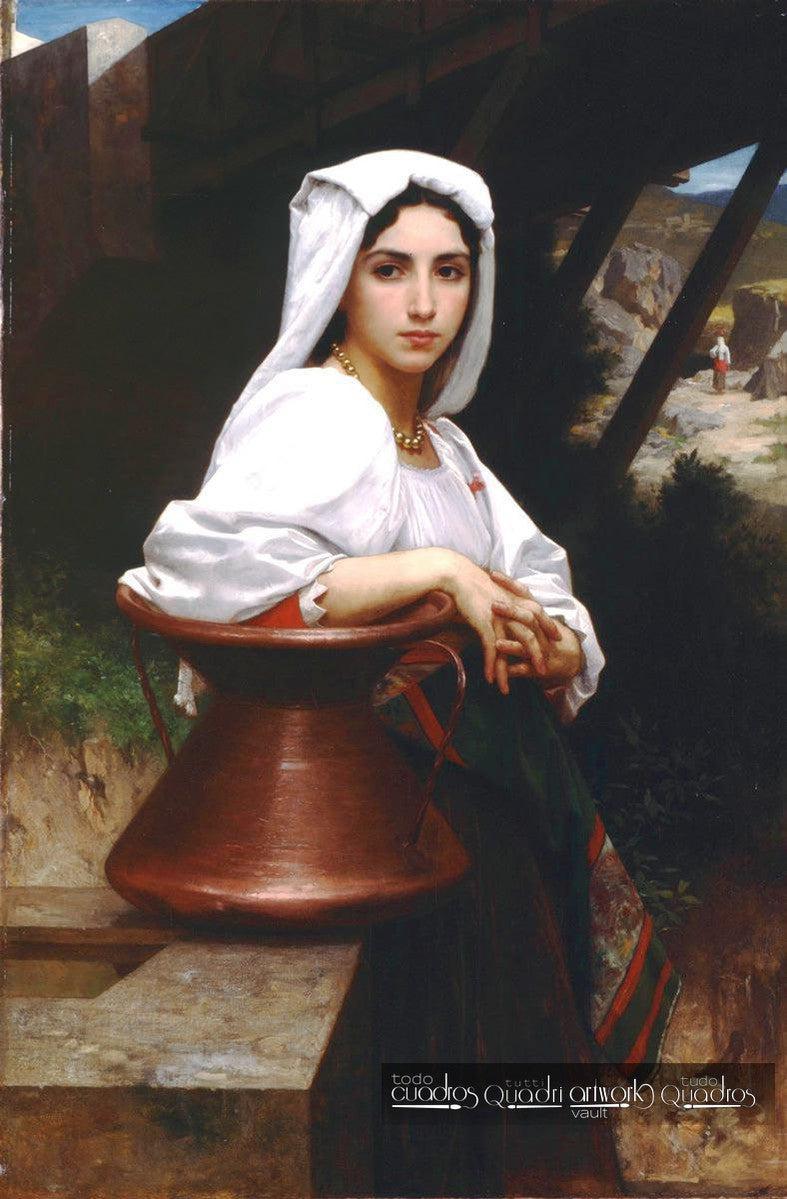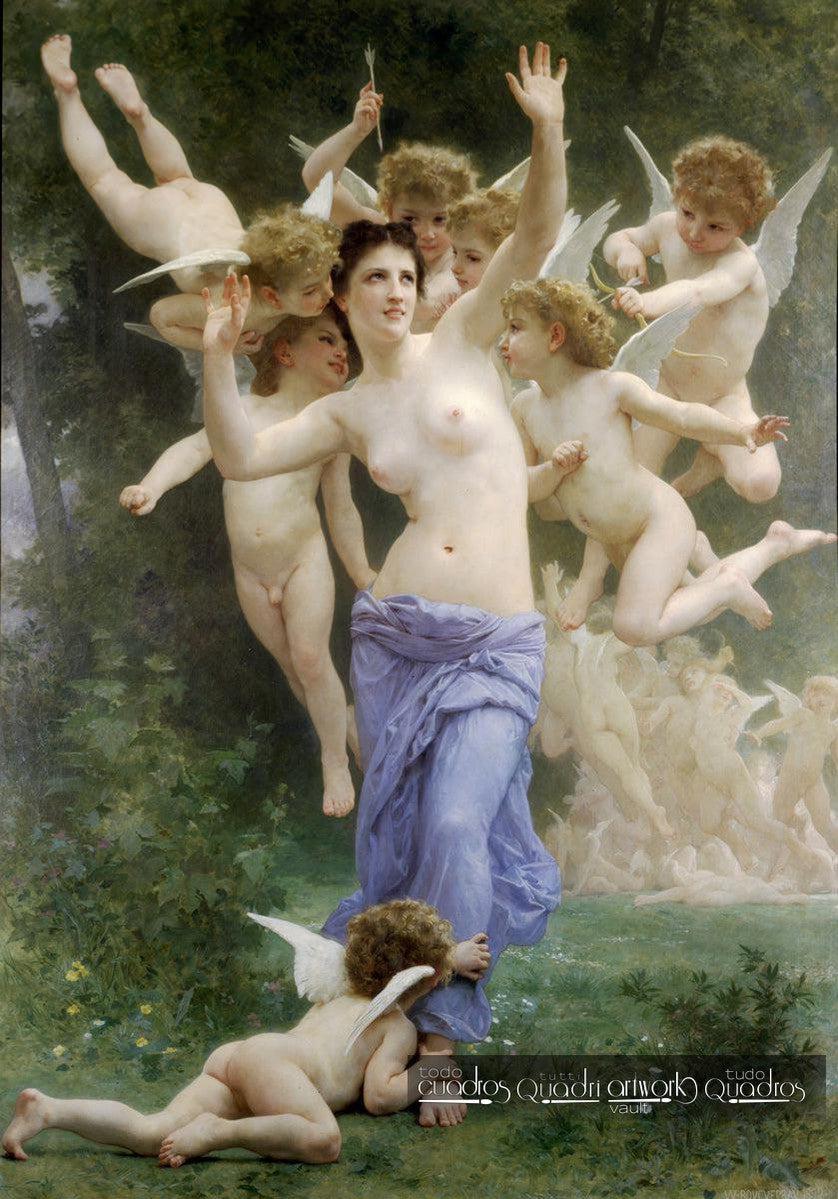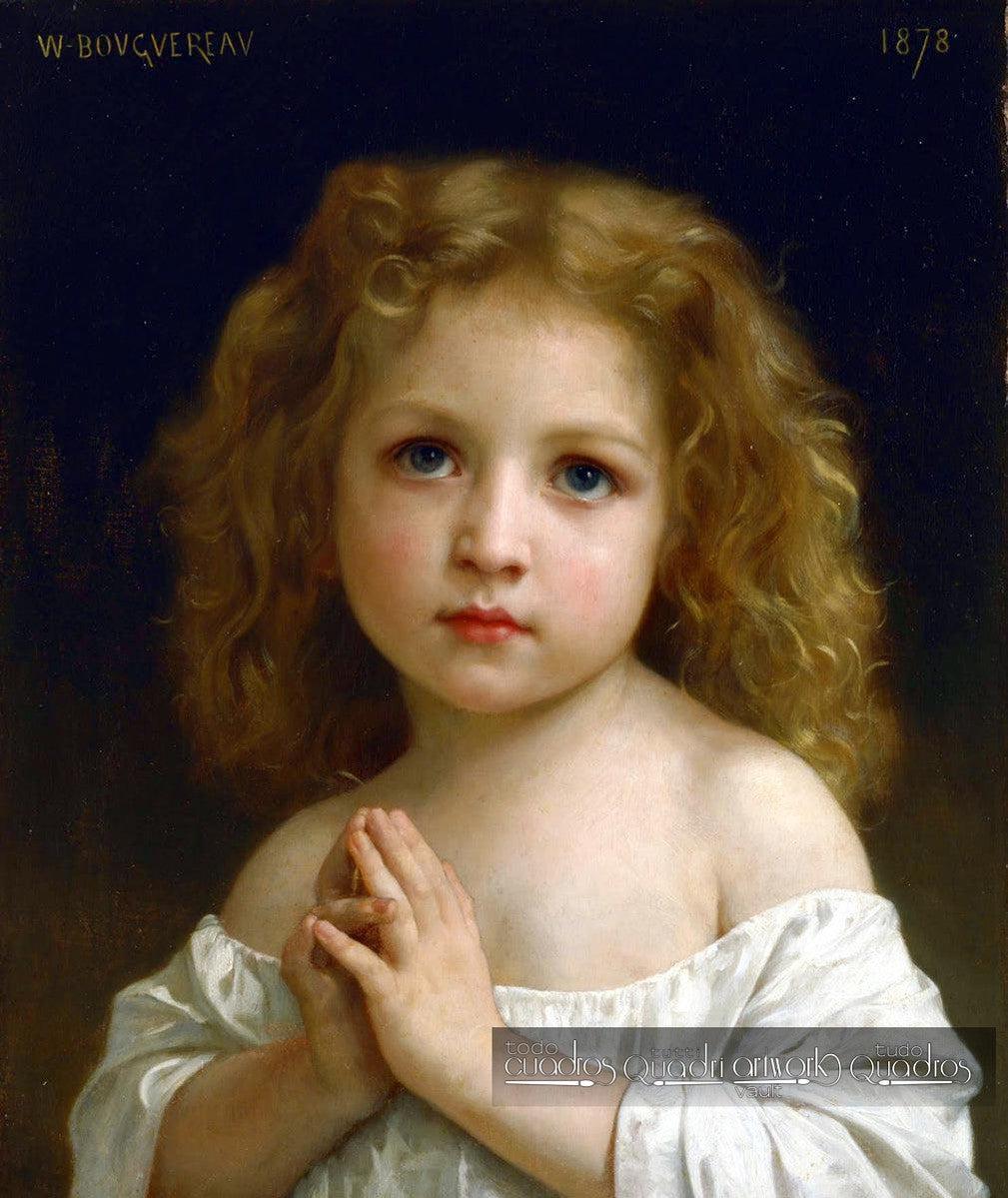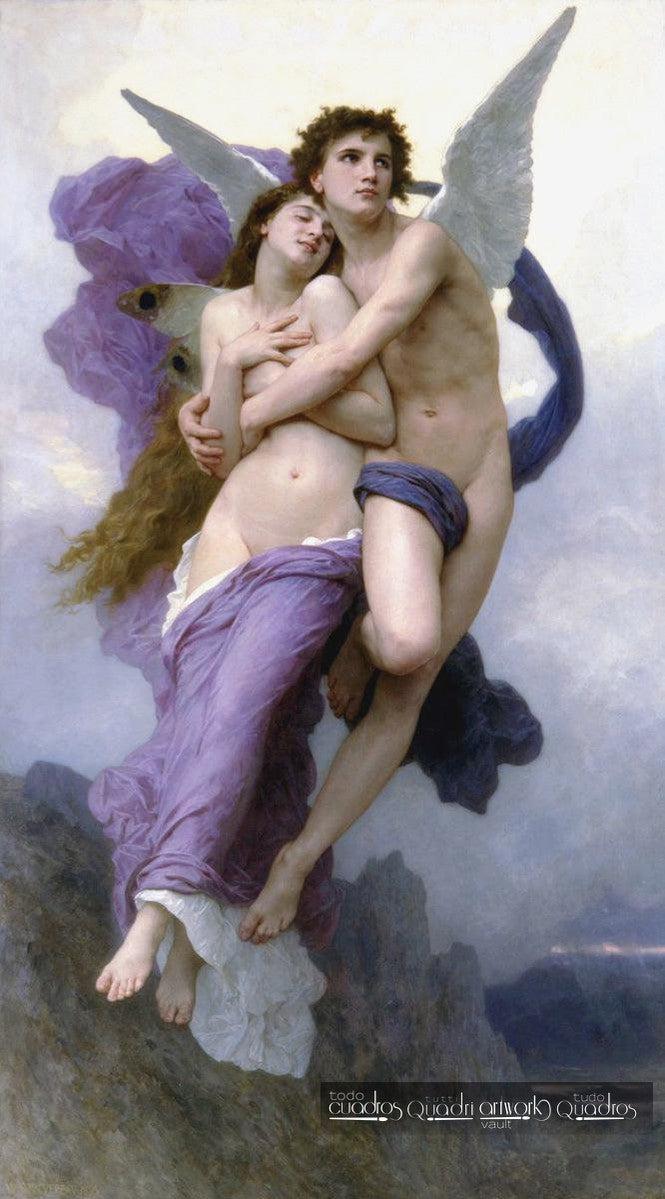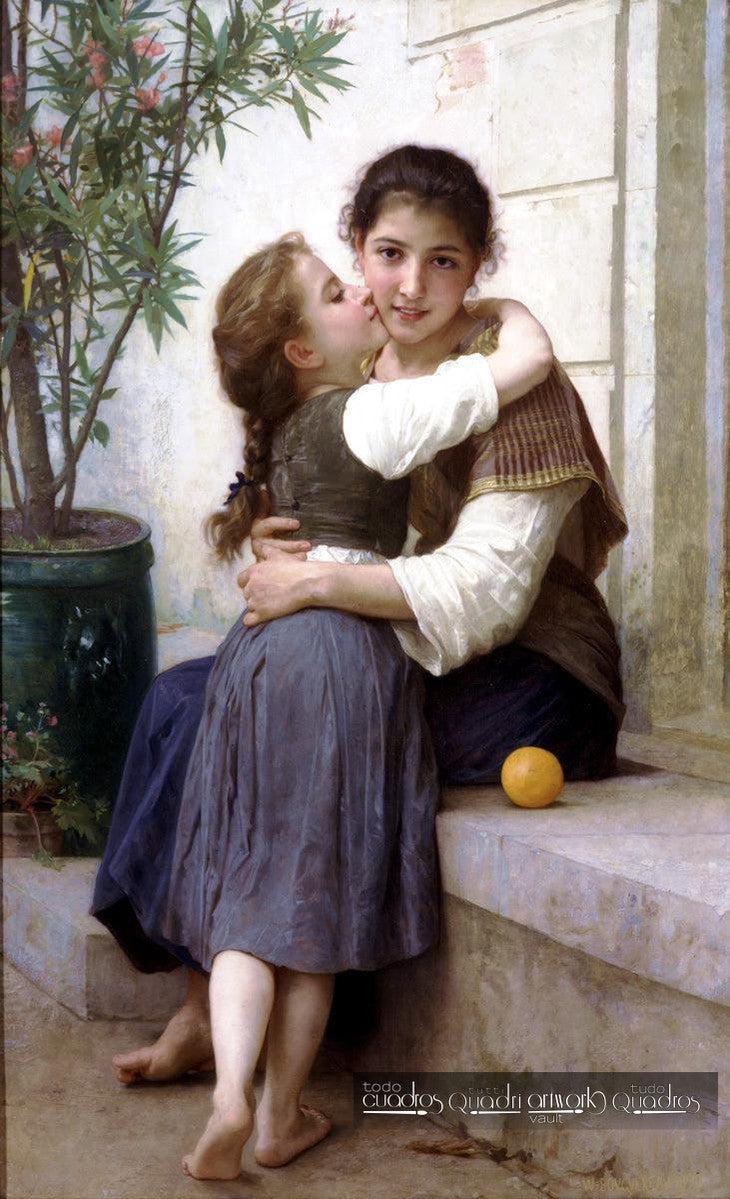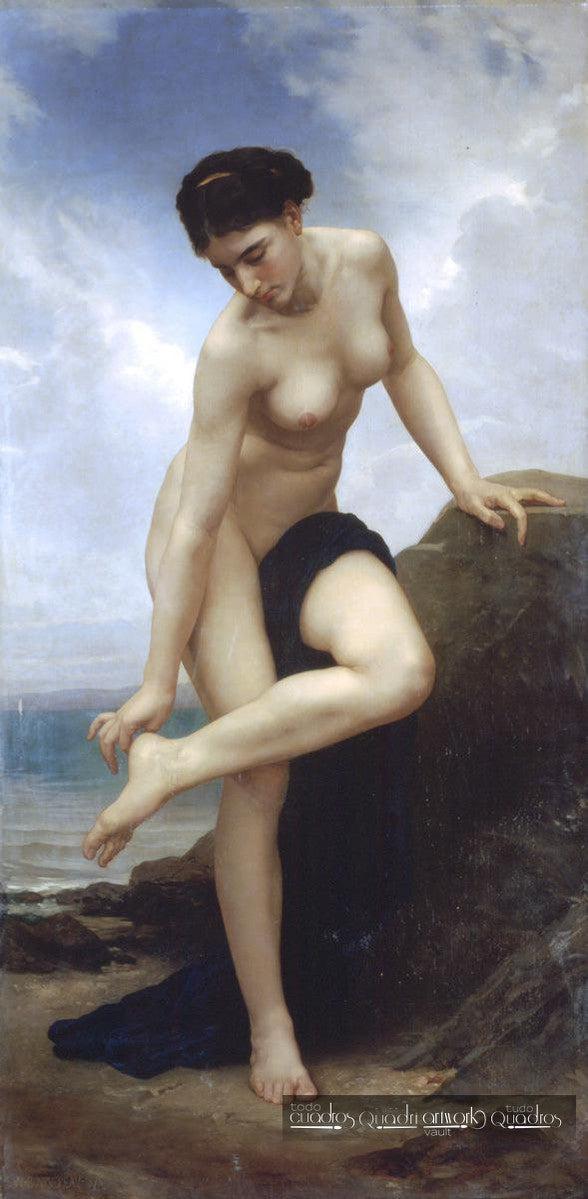The Shepherdess
$299.00 USD
Little Sulky
$444.00 USD
Cupid on the lookout
$299.00 USD
Nature’s Fan
$444.00 USD
Pleasant Burden
$444.00 USD
Young Shepherdess
$299.00 USD
Youth
$444.00 USD
Songs of Spring
$444.00 USD
Fishing For Frogs
$444.00 USD
Love and Psyche
$444.00 USD
Italian Girl Drawing Water
$299.00 USD
The Invasion
$1,165.00 USD
The Newborn Lamb
$444.00 USD
Little Girl
$299.00 USD
The Shepherd David
$444.00 USD
The Abduction of Psyche
$444.00 USD
A Little Coaxing
$444.00 USD
After the Bath
$299.00 USD
At the Edge of the Brook
$299.00 USD
Gleaners
$299.00 USD

